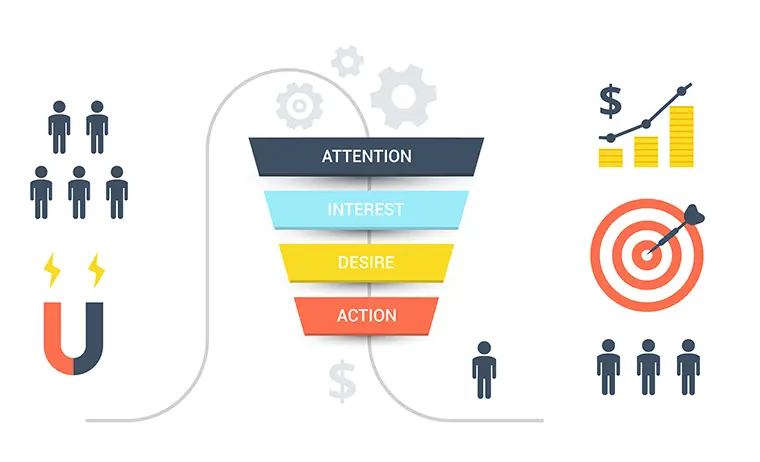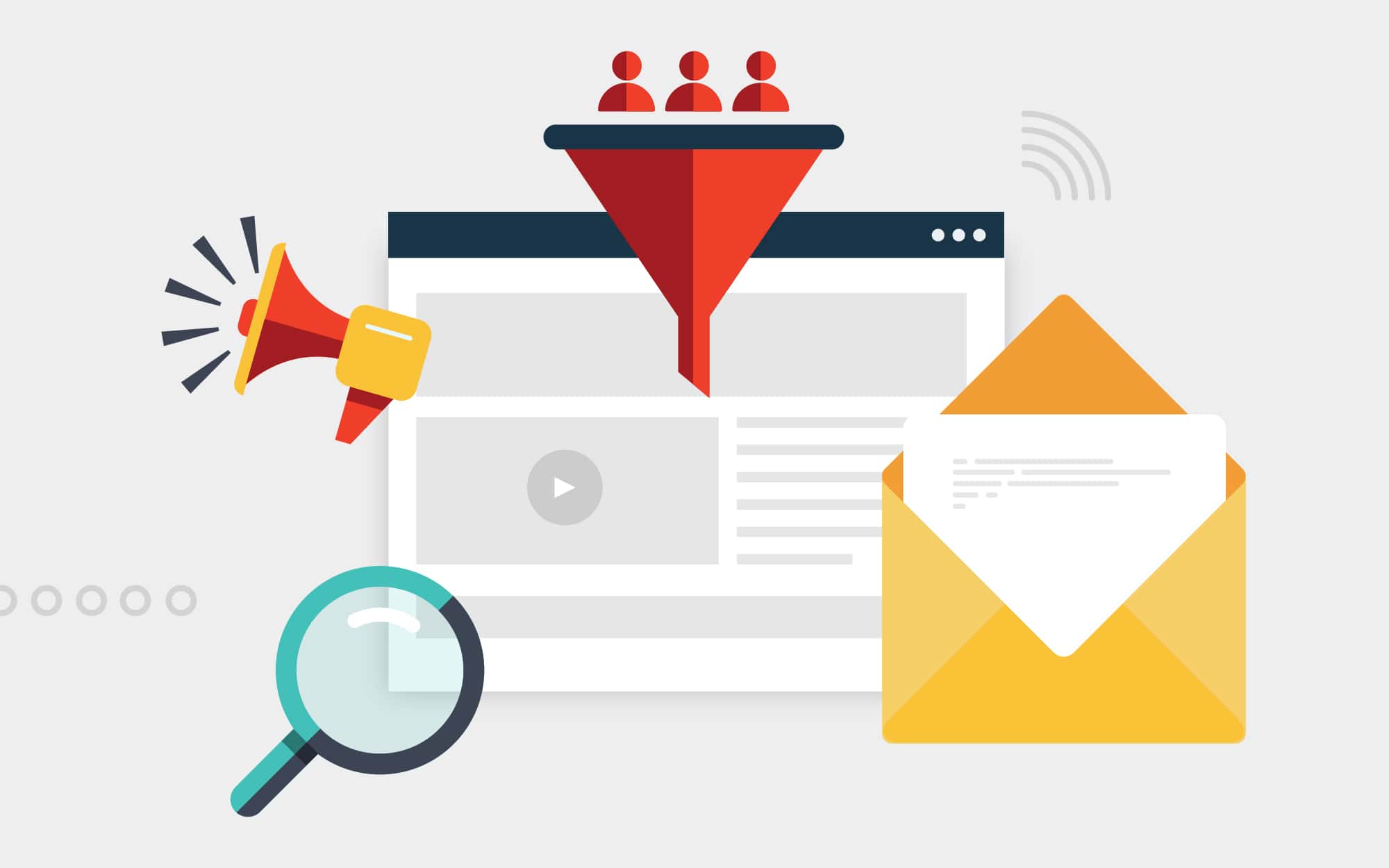Are you tired of chasing leads across different platforms, only to find them slipping through your fingers? Cross channel lead generation might just be the game-changer you’ve been searching for.
Imagine having a seamless strategy that captures potential customers wherever they are—whether they’re scrolling through social media, checking their emails, or browsing your website. By leveraging multiple channels, you can not only broaden your reach but also create a cohesive and engaging experience for your audience.
Dive into this article to discover how you can maximize your lead generation efforts and turn curious onlookers into loyal customers. Don’t miss out on these vital strategies that could transform your marketing approach and boost your business growth.

Credit: www.searchenginejournal.com
Effective Strategies
To find new customers, use cross channel lead generation. This means using different ways to reach people. Email, social media, and ads can help. Each channel has its own benefits. Email is good for direct messages. Social media is great for sharing ideas. Ads reach a lot of people fast.
Mixing these channels can be powerful. Collect leads from one channel and nurture them on another. This builds trust and helps people know your brand. Always track results. Check what works and what doesn’t. Make changes if needed. This will improve your strategy.
Keep messages simple and clear. Use words everyone understands. Show people why they need your service. Highlight benefits, not features. This attracts more leads.

Credit: craftercms.com
Tools And Platforms
CRM systems help manage customer details. They keep all data in one place. Tools like Salesforce and HubSpot are popular. These tools track customer interactions. They also help in understanding customer needs. This makes lead generation easy and efficient.
Email platforms send messages to many people. Mailchimp and Constant Contact are common choices. These tools design and send emails. They also track open rates and clicks. This helps know what works best.
Social media tools share content across platforms. Hootsuite and Buffer are well-known. They schedule posts and track engagement. This helps in reaching more people. It also keeps all social media in one place.
Measuring Success
Success means getting more leads. Tracking how many leads you get is important. You can use tools to count leads from each channel. This helps you see what works best. It’s smart to check numbers often. This shows which methods bring results.
Quality matters too. Not all leads are equal. Some leads are more likely to buy. It’s good to know which leads are high quality. This helps focus efforts on the best leads. Use feedback to improve your process.
Time is another factor. Faster lead response can lead to better results. Quick replies show interest. This builds trust with potential customers. Regular checks and adjustments make strategies effective.

Credit: www.abstraktmg.com
Challenges And Solutions
Every platform is unique. Each one needs a different approach. Facebook demands engaging posts. Twitter thrives on short, catchy messages. LinkedIn prefers formal and professional content. It is important to know how each platform works. This helps in creating effective strategies. Be aware of trends in each platform.
Keeping a consistent message is hard. Different channels have different audiences. Consistency helps in building trust. Use similar themes and styles. This makes your brand memorable. Avoid confusing messages. A consistent tone is key.
Data is vital for growth. Track your campaigns regularly. Use tools to measure engagement. Analyze results to improve strategies. Numbers tell the story. They show what works and what doesn’t. Use this data to make better decisions. Stay informed about changes.
Frequently Asked Questions
What Is An Example Of A Cross-channel?
A cross-channel example is a customer browsing a product on a mobile app and completing the purchase on a desktop website. This seamless experience enhances user engagement and increases conversion rates by integrating multiple platforms for a cohesive shopping journey.
What Are The Channels For Lead Generation?
Lead generation channels include social media, email marketing, search engine optimization, pay-per-click advertising, and content marketing. Networking events and webinars also generate leads. Partnering with influencers can boost lead acquisition. Direct mail and cold calling remain effective for some industries.
Use multiple channels for best results.
What Is A Cross-channel Marketing Strategy?
A cross-channel marketing strategy integrates multiple platforms to create a seamless customer experience. It ensures consistent messaging across email, social media, and more, enhancing brand engagement. This approach allows marketers to reach audiences on their preferred channels, boosting conversions and customer loyalty.
What Are The 4 Ls Of Lead Generation?
The 4 Ls of lead generation are Lead Capture, Lead Magnets, Landing Pages, and Lead Nurturing. They encompass capturing potential customer information, offering valuable content, creating effective landing pages, and nurturing leads through targeted communication to convert them into customers.
Conclusion
Cross channel lead generation offers many benefits for businesses. It helps reach a wider audience effectively. Engaging on multiple platforms boosts visibility. Consistent messaging builds trust with potential customers. Tracking data across channels improves strategies. It allows for better targeting and personalization.
Businesses can nurture leads more efficiently. Success requires analyzing each channel’s performance. Adjust methods based on what works best. Remember, patience and persistence are key. Cross channel efforts need regular updates. Keep learning and adapting to changes. Stay focused on delivering value to your audience.
With the right approach, lead generation can thrive.
